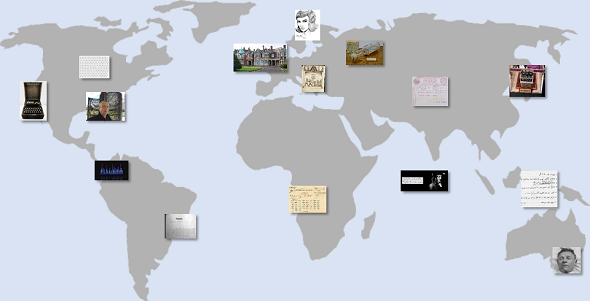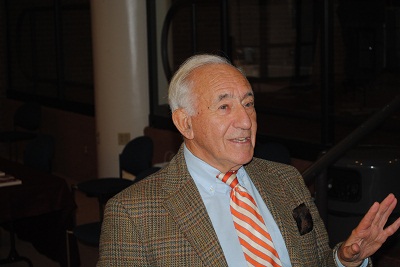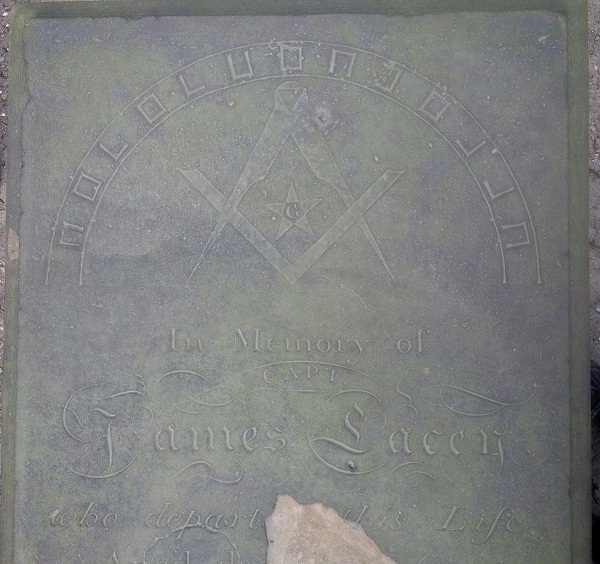There are hundreds of places in the world that are worth seeing for people interested in cryptology. This is why I have created a list of cryptographic sights. I hope, my readers can help me to extend it.
David Kahn, the father of crypto history, is usually a good person to ask if one is looking for information about classic ciphers. However, I remember one case, when he gave me a wrong answer.
When I travelled to New York City a few years ago, I arranged a meeting with David (he lives in New York). Before, I asked him: “Are there any cryptologic sights in the New York area I could visit?”, He answered: “No.”
Two cryptologic sights in New York City
A few weeks after my meeting with David (which was very interesting, by the way), I read an old Cryptologia article titled The Churchyard Ciphers. In this work two encrypted tombstones from the 18th century are described, both located near the World Trade Center in Manhattan. In my view, these tombstones are absolutely worth seeing for somebody interested in crypto history. This meant that David was wrong – cryptologic sights in the New York area do exist.
As I learned later, David did know about the two encrypted tombstones in Manhattan. He just didn’t think of them when I asked him about cryptologic sights. I was probably the first one to ask him this question.
When on my next New York trip I tried to take a look at the two encrypted tombstones, I had difficulty in finding them. They are not mentioned in the tourist guides available at the cemeteries. Even the staff persons I asked did not know what I was talking about. Apparently, it doesn’t happen very often that somebody comes to see these stony cryptograms.
A cryptologic travel guide
After I had missed the two encrypted tombstones on my New York trip, I wanted to avoid similar experiences at other places. So, I decided to set up a list of places that are interesting for a crypto enthusiast. I started, of course, with encrypted tombstones. Then I added museums exhibiting cipher equipment, crypto-related memorials, crypto-related sculptures, archives with crypto material and a few things more.
Meanwhile my crypto sights list has grown to a small cryptologic travel guide. It lists over 60 cities (from Adelaide to Zurich) along with their cryptologic sights.
Of course, the Shugborough inscription is listed, just as Bletchey Park, the Cheltenham Listening Stones, and the Cyrillic Projector. Among the museums on the list are the Deutsches Museum (Munich) and the HeinzNixdorf MuseumsForum (Paderborn).
I’m sure there are a lot more cryptologic sights than are contained in my list. If a reader knows one, I would be interested to learn.
Follow @KlausSchmeh
Further reading: The NSA crypto museum asks for support: Who can solve these encrypted postcards?
Linkedin: https://www.linkedin.com/groups/13501820
Facebook: https://www.facebook.com/groups/763282653806483/






Kommentare (10)